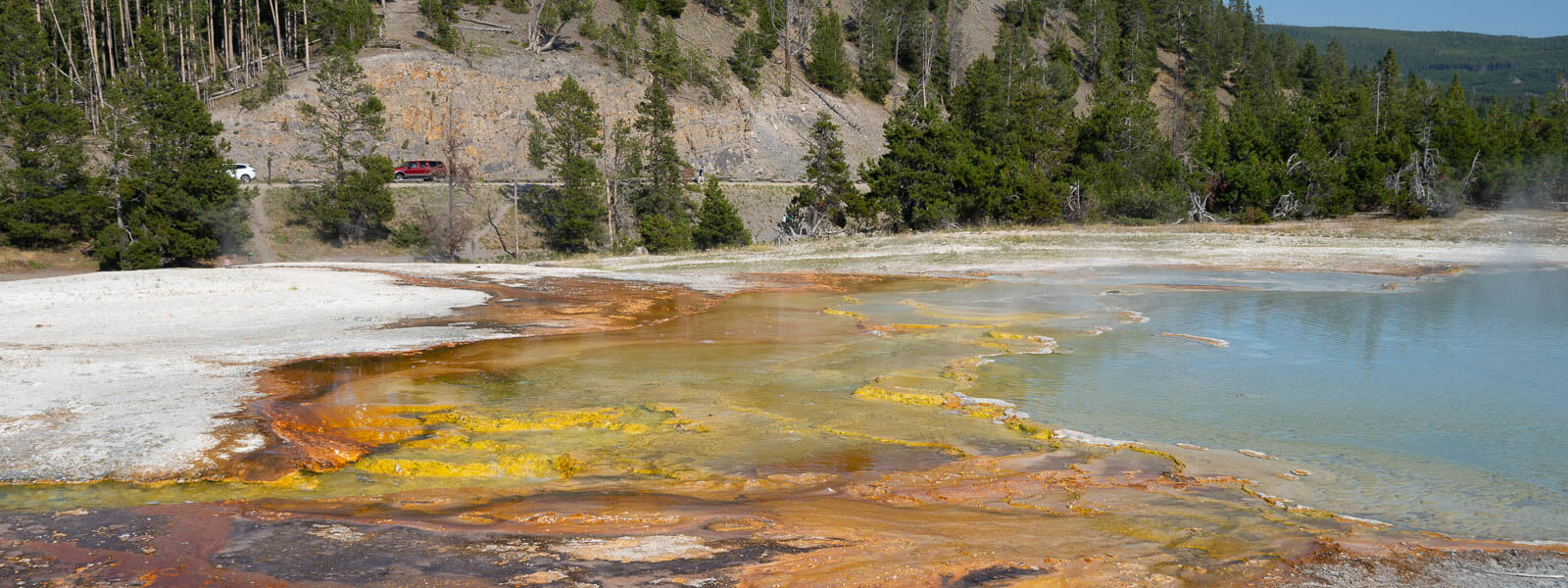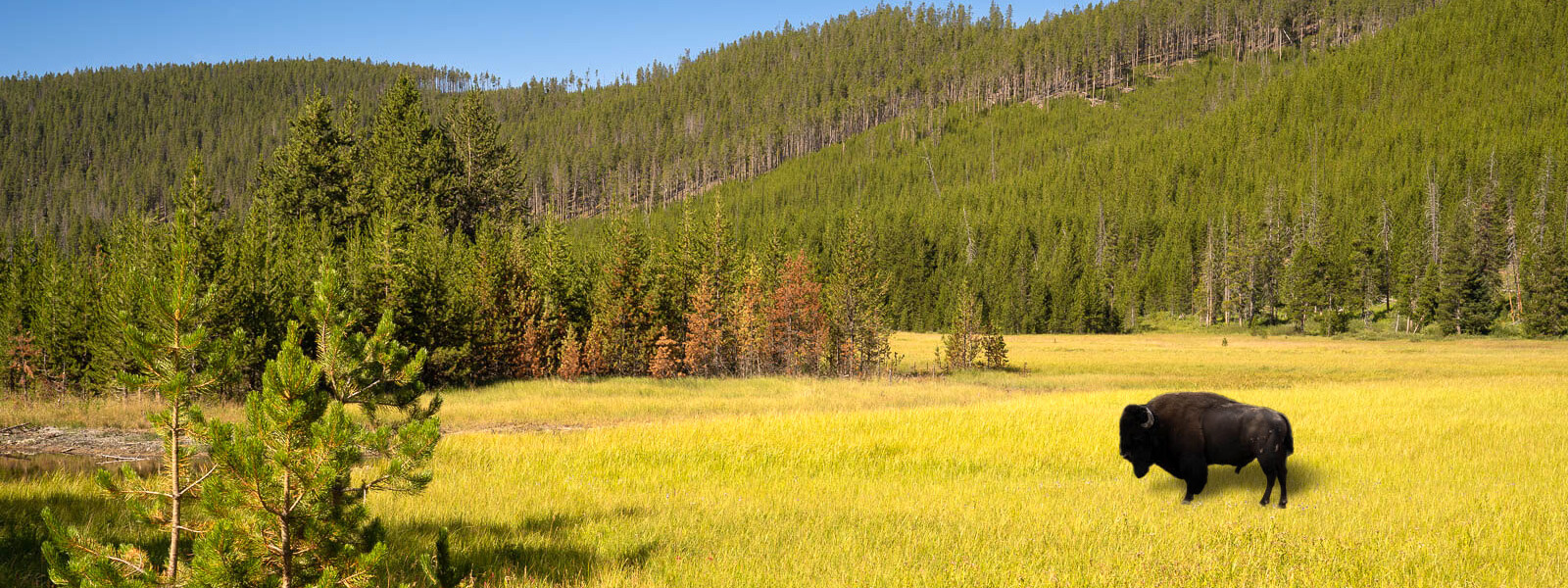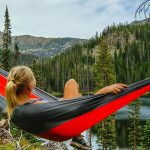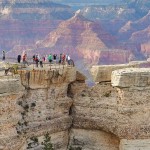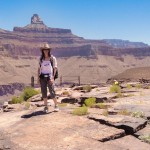One of the exciting activities you can do while in Yellowstone National Park is to hunt for famous hot springs. Of all the geothermal features in the park, these hot springs display the most color variety. You can find various shades of red, green, blue, yellow, brown, black and white represented in hot springs all around the park. It’s almost as if an artist had spilled or mixed paints together to create these colorful natural displays. Some are tiny holes in the ground while others are massive steaming hot pools. In this story I’ll show you the hot springs I visited on the western side of Yellowstone National Park.

Looking at the map, we’ll start our adventure furthest north at Midway Geyser Basin. Then we will work our way south along Grand Loop Road till we end or day’s journey at Upper Geyser Basin. The basin names are not entirely intuitive. For example, Upper Geyser Basin is furthest south on the map and Lower Geyser Basin is further north (completely off our map). Not to worry! We will discover these hot springs together and learn some cool stuff along the way.
Midway Geyser Basin
Again there is no wrong way to do Yellowstone. My adventure party actually drove from the South Entrance of the park, did a pit-stop to eat lunch at Old Faithful Inn, then quickly decided to head north to Midway Geyser Basin. This made the most sense since we had a room at Old Faithful Inn and exploring that area would be nice towards the end of the day.
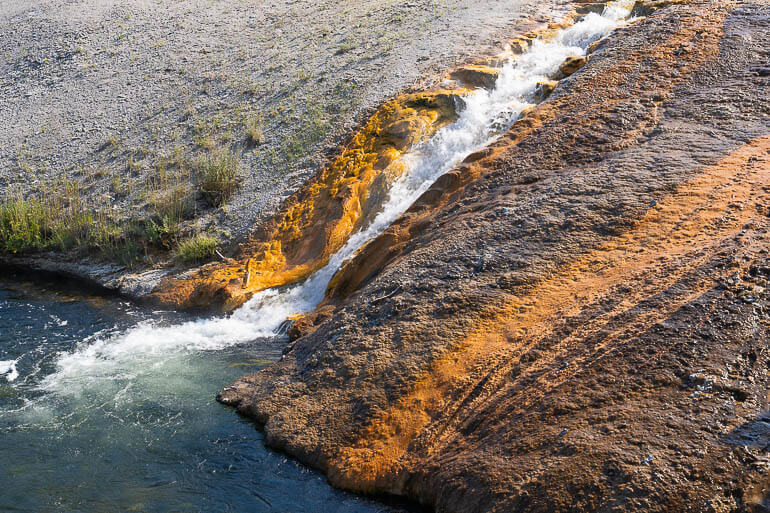
Hot springs pouring into Firehole River
With plenty of parking at Grand Prismatic Spring Parking Lot, we jumped out of the car and walked over the Firehole River Bridge. Already we could see some type of steaming hot spring flowing directly into the river. There is an accessible 1/2 mile walkway that loops through more hydrothermal wonders. It’s really amazing that these boardwalks exist for all to use!
Low and behold, our first official hot spring has been discovered! We walk alongside a gigantic blue steaming pool called Excelsior Geyser. Wow this is truly stunning! I can’t imagine what the first people to see this pool thought. Maybe they thought it was safe to swim in. How horrible for them because I know that the temperatures of some of these hot springs can literally melt a human. I’ll try to not talk about how this has actually happened in the past and sadly even recently. Read those danger signs people! They exist for your own safety and the safety of fellow visitors.

A massive steaming pool named Excelsior Geyser
After marveling at Excelsior we come upon Yellowstone’s largest hot spring. Dare I say this is Yellowstone’s most famous hot spring? I’m talking about none other than Grand Prismatic Spring. It is certainly one of the most photographed sites in the park and for good reason. The colors and sheer scale of Grand Prismatic are almost indescribable. Visitors along the walkway try to capture the perfect photo with every step they take. If you have enough stamina you can hike the Fairy Falls Trail to an overlook that has a much better aerial view of Grand Prismatic. From there you can see the blue center of the hot spring surrounded by a thin green and yellow layer and finally the red and browns that leak out the sides of this massive circle. This truly is a remarkable thing to see in one’s lifetime.

Vivid colors of Grand Prismatic Spring
As you start to explore these hot springs you find yourself zooming in to observe incredible patterns that have been created on the earth’s surface. In the picture below just look at how the deposits of soil have been formed into what looks like thin layers of cascading reddish brown earth. You’ll start asking yourself how did this happen and how long ago? All fun questions to research while visiting the park.

Layers of earth’s crust in Yellowstone
A bit further down from the excitement of Grand Prismatic is an otherworldly view of Opal Pool. To me, it looked like a place where maybe an alien might have visited the earth and left hot red boils around this blue spring. I know that’s crazy but your mind does start to have fun with these unbelievable views and you start thinking anything could have happened here!

An otherworldly view of Opal Pool.
I could see how artists could get so much inspiration from this place. The colors, the patterns, the textures…it’s like no other place in the world. The picture below looks to me like some kind of fresh zombie scar that is oozing with disease and infection. See what I mean about inspiration and imagination? This park just channels it!

This hot spring runoff looks like a zombie scar
Biscuit Basin
Our next stop in our adventure is to explore the sites around Biscuit Basin. The first pool absolutely lives up to its name. Sapphire Pool is so clear and so blue it’s just remarkable. What’s really cool is that you can see down into the cavernous pit inside of it. It’s just amazing how these pits have been created over time. Not all hot springs are quite as flashy in color. For example, Shell Spring is much smaller than many of the other springs, however it will surprise you. Stand by it for a few minutes and you might see it go from a quiet, non-active pit to violently spouting hot water and steam from its opening.

Sapphire Pool in Biscuit Basin
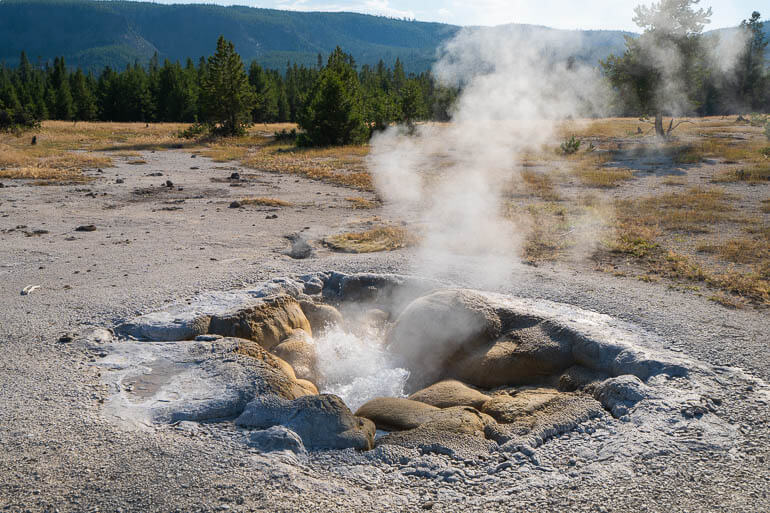
A steaming bubbling pit named Shell Spring.
Another fun and colorful hot spring is West Geyser. This one looks green in the center, then circled with yellow and a tad of orange around its border. If you visit the Morning Glory hot spring you might think this is its younger brother because it looks so similar in color. Right about now I start to wonder why these hot springs have so many different colors. I’ve learned that there are microorganisms called “thermophiles” that thrive in these hot temperatures. There are so many grouped together (think trillions of them) that they form these masses of color. Since different types of thermophiles live in specific temperature zones and cannot tolerate warmer or colder temperatures this is why there is a stark color change. The microorganisms that form the blue color are different than the ones that form the green color. Hence we are left with a kaleidoscope of color ranges in these hot springs.
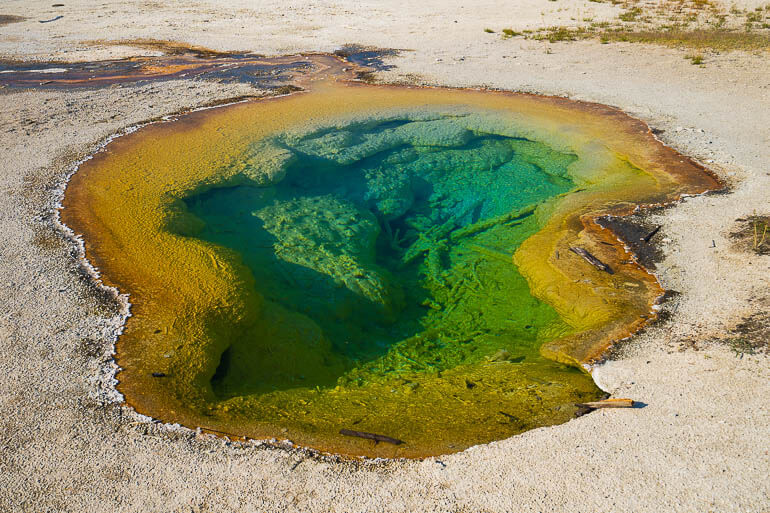
Amazing color of West Geyser
Black Sand Basin
It’s hard to appreciate just how well built these wooden walkways are that go right up to and around some of these hot springs. They are so necessary too since the ground is so dangerous to walk on. Just look at the view from Black Sand Basin, our third main stop on this adventure. Sometimes its nice to just marvel at a view from afar or sit for awhile and just watch mother nature do what it does naturally. Don’t forget that there is so much to hear near these thermal hot springs. Near the springs you can hear gurgling, rumbling and other wonderful sounds. If you close your eyes, you might hear something that sounds like the bubbling of a witch’s cauldron. There’s that imagination working again!
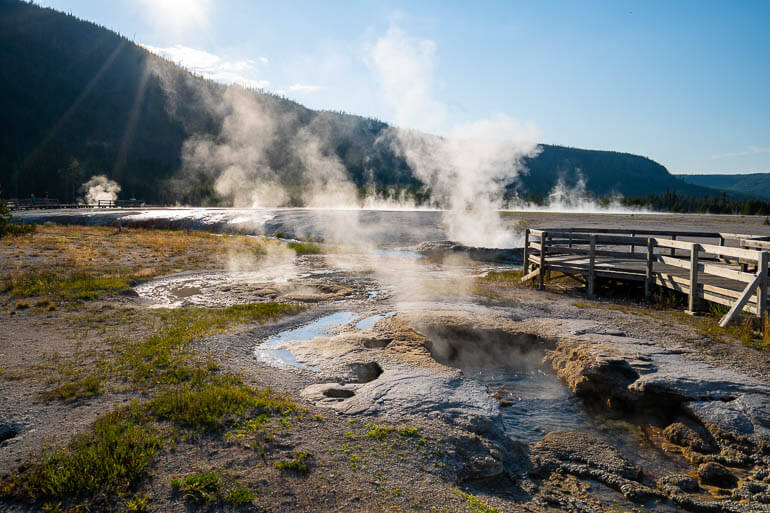
A footbridge overlooks the steaming hot springs of Black Sand Basin
Upper Geyser Basin
Towards the end of the day we still have enough daylight to watch Old Faithful erupt and walk the trails around Upper Geyser Basin, our final stop in today’s adventure. Nearest the geyser we find Chinese Spring. Right next to it is East Chinaman Spring. Not entirely sure what give these their names but the next one is a little easier to understand.
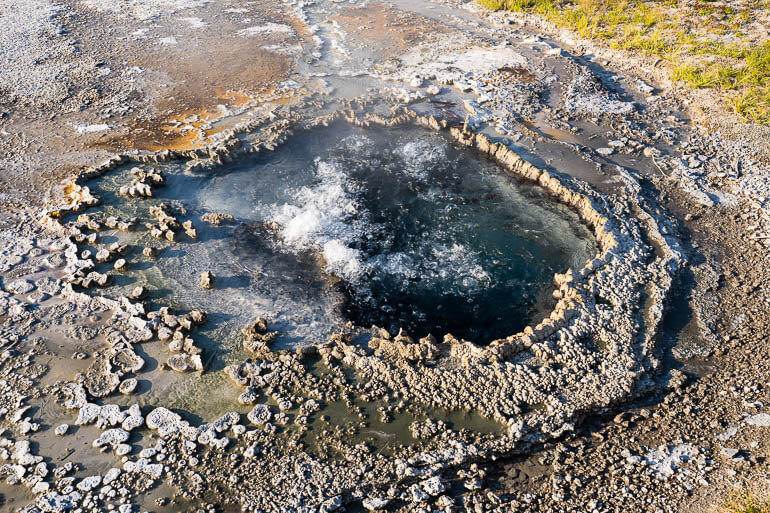
Chinese Spring is very close to the famous Old Faithful Geyser
The Blue Star Spring is definitely blue. I busted up laughing when I read a visitors comment saying “Don’t know why it’s called Blue “Star,” as it’s clearly shaped like a chicken.” Not sure I see the chicken either but let’s just chalk it up to imagination again.

Blue Star Spring is almost shaped like a star right?
On this path you will literally see dozens of hot springs and geysers. The path winds north for quite a ways with several offshoot paths. I didn’t catch the name of this beautiful lime green spring but you can find it along the path between Lion Spring and Chromatic Pool.
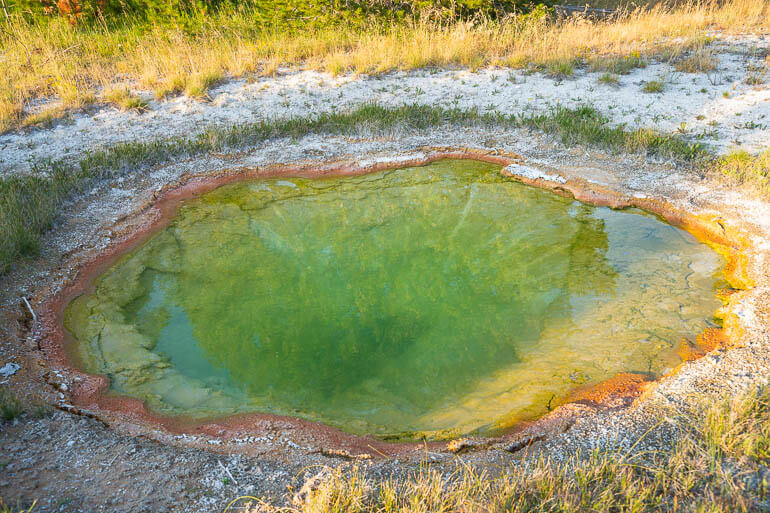
Unidentified lime green pool in Upper Geyser Basin
In and around these hot springs are many mind blowing geysers. I’ll be blogging soon on some of the other geothermal discoveries around Yellowstone National Park. Here is one of the last images I captured on our hot spring adventure. Chromatic Pool shows its brilliance and even reflects the nearby trees in its pool. Let’s call it a day and head back to Old Faithful Inn for some dinner and relaxation. Of course I’ll be ending the night waiting for another eruption of Old Faithful. See ya soon adventure gang!

The brilliant colors of Chromatic Pool

